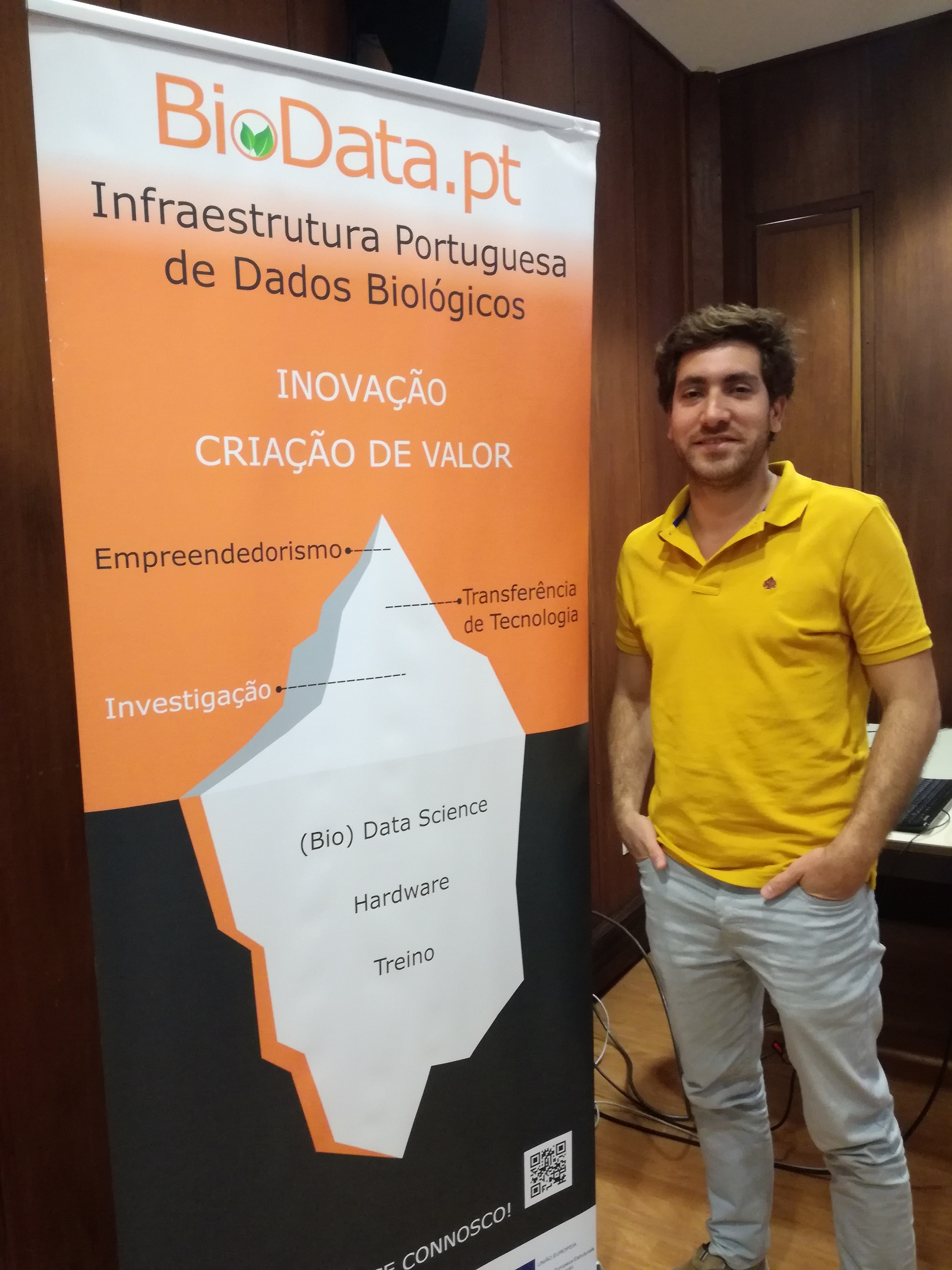A paper about BrAPI - the Breeding API - has been recently published in the Oxford Academics' Bioinformatics journal. We asked Bruno Costa, a Biodata.pt member that is co-author of this joint effort, a few questions about how he joined this project and what exactly is BrAPI.
What is your background?
I have a masters in Bioinformatics and Computer Science from FCUL. Currently, I am a PhD student at Instituto Superior Técnico, with a BioData.pt fellowship.
How did you join this effort?
I joined ELIXIR-EXCELERATE in 2015, where I became involved in the effort to expose plant breeding and phenotypic data through a common API across multiple institutions. This is a fundamental tool to ensure that data becomes FAIRified. i.e. to make it Findable, Accessible, Interoperable and Reusable.
What is the paper about and what is BrAPI?
The paper presents BrAPI, the Plant Breeding API, as a means to build a worldwide decentralized database, encompassing several institutions. In this paper, the reader can get acquainted with BrAPI's goals, and the scope of the calls it implements.
Why plant breeding?
Plant breeding integrates many interrelated disciplines, each with their own conventions for data structure and storage, and increasingly large, multifaceted datasets. To address the challenges in the size and complexity of breeding data, numerous groups have been working together to create an Application Programming Interface (API) for breeding data (Ghouila et al. 2018) which can be accessed in an automated way by a computer program. After multiple meetings, between all the participating partners, this article is the culmination of an international effort.
How many people were involved in the making of this paper? From how many countries?
More than 50 people were involved in this effort, with more than 30 countries around the world.
Specifically, the Portuguese endpoint is called PHENO and aims to provide access to plant phenotypic datasets, with a major focus on the woody plant domain. This was possible due to the collaborative effort of the BioData.pt team, which spans over multiple Portuguese institutions.
How did you all coordinate to achieve the same goal?
This paper was the result of multiple hackathons, where the BrAPI blueprints where developed and the scope of each call were discussed, the data structures that are most useful and the minimal information that must be exposed. Currently, BrAPI has biannual meetings where improvements are discussed and their inclusion is voted among the BrAPI member.
What's the next step?
Version 1 has been officially frozen at subversion v1.3. The next step is to make a broader effort to incorporate external standards, time courses for high throughput phenotyping, imagery analysis, etc...

You can check out BrAPI at: https://brapi.org/
To visit specifically the portuguese endpoint (PHENO), go to: https://brapi.biodata.pt/
To read the full article visit: https://doi.org/10.1093/bioinformatics/btz190
- Log in to post comments





